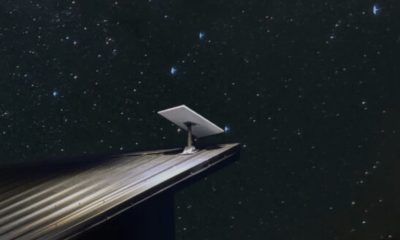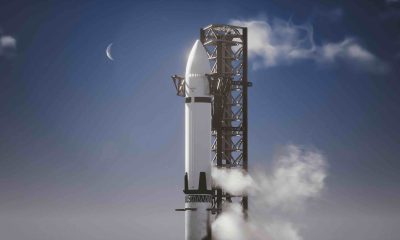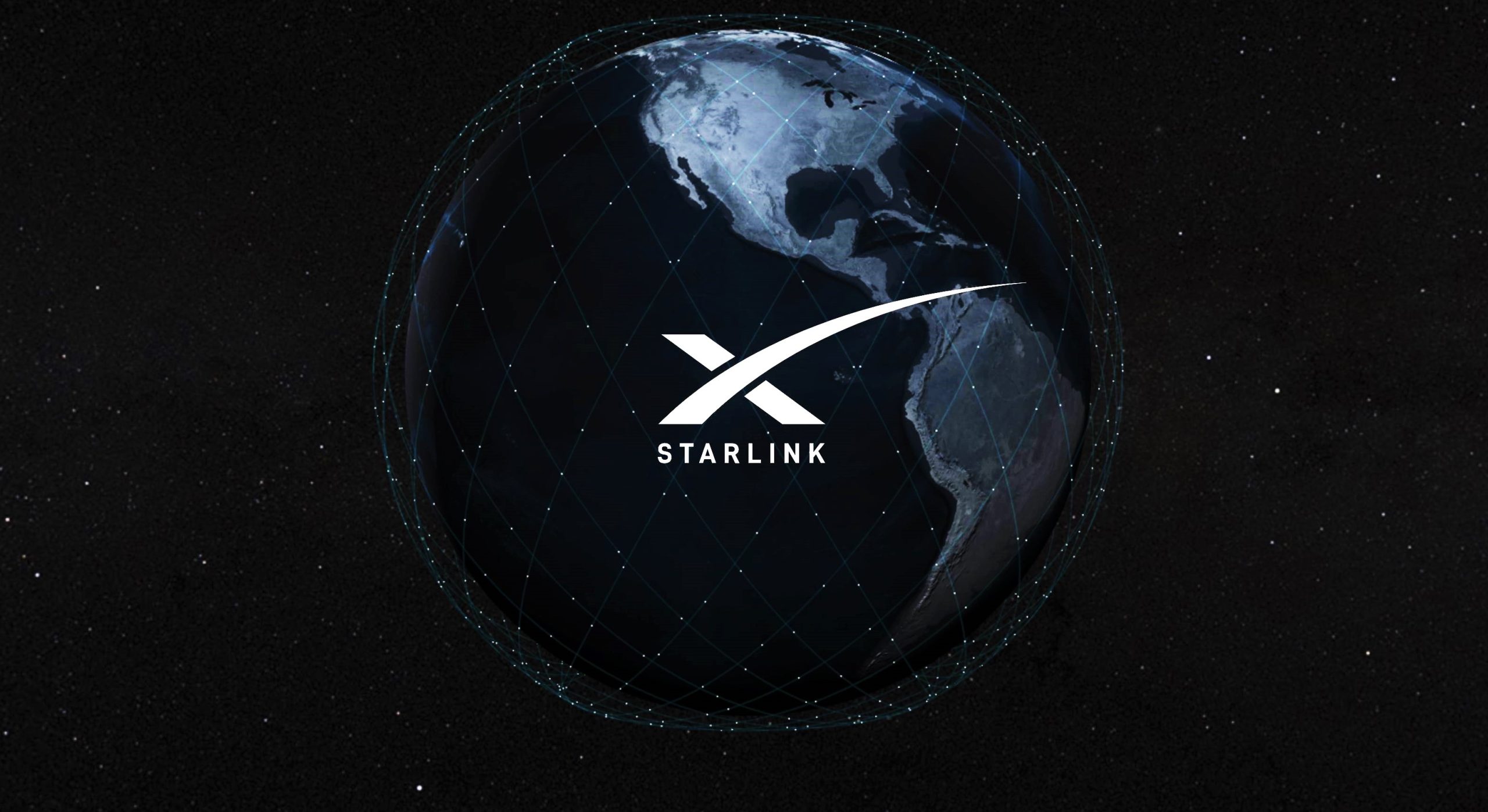
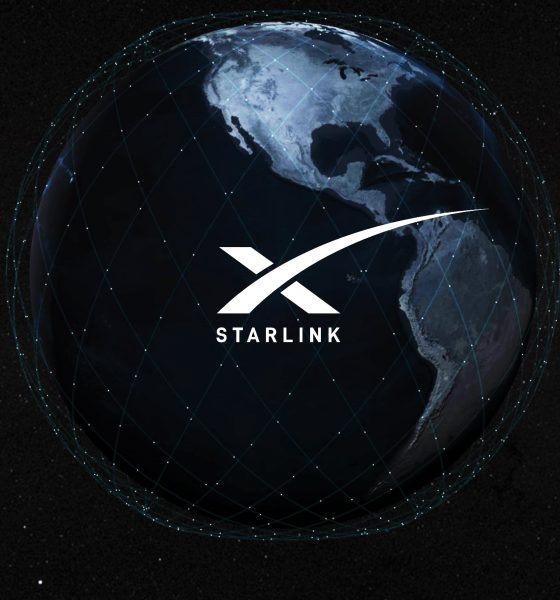
News
SpaceX Starlink partners with Microsoft Azure to deploy cloud computing anywhere
Microsoft Azure has announced a partnership with SpaceX that will give customers the ability to both access and deploy cloud computing capabilities anywhere on Earth with the help of Starlink internet.
Ultimately designed with anywhere from ~4,400 to ~40,000 operational satellites in mind, SpaceX’s Starlink constellation aims to connect users to the internet where existing access is either too expensive, limited, or completely unavailable. Of course, however, connecting the world’s unconnected is an immense and challenging aspiration – one that is unlikely to be one of the Starlink constellation’s first major uses.
As CEO Elon Musk has been keen to regularly note, the real challenge of SpaceX’s Starlink satellite internet project is ultimately ensuring that the constellation doesn’t join the graveyard of bankrupt companies that came before it. For better or worse, that will necessitate close relationships with as many premium enterprise-class customers as possible. With its estimated 2020 market cap of ~$370 billion expected to grow to ~$800 billion or more by 2025, cloud computing is one such potentially lucrative application.
To better exploit the benefits offered by the kind of blanket connectivity Starlink may soon offer, Microsoft has developed its own Azure Modular Datacenter (MDC), essentially a data center built into a mobile, satellite-connected shipping container. Customers can choose to either use the MDC as a wholly independent datacenter or connect it to one or more satellite constellations, Starlink included. With what a SpaceX executive recently described as dual parabolic antennas, an MDC could likely have access to gigabit-class internet connectivity with latency comparable to fiber anywhere on Earth.
According to Microsoft, possible scenarios where an MDC would be valuable include “mobile command centers, humanitarian assistance, military mission needs, mineral exploration, and other use cases requiring high intensity, secure computing.” Several Azure Mobile Datacenters have already been deployed and are being trialed by private sector companies and the US military.
Likely less than coincidental, Microsoft Azure’s Starlink partnership comes around the same time as Amazon has begun to peel back the curtains on Project Kuiper, a low Earth orbit (LEO) satellite internet constellation almost indistinguishable from Starlink. Lead and largely staffed by former Starlink executives and employees, Project Kuiper aims to deploy a constellation of ~3200 small, interlinked communications satellites – a goal Amazon has pledged at least $10 billion to achieve.
Somewhat unsurprisingly, Kuiper – lead by executives SpaceX CEO Elon Musk personally fired in 2019 for moving too slowly – has no set schedule or indication of early prototype development and is effectively 3-5 years behind SpaceX, OneWeb, and other prospective constellation operators from the get-go.
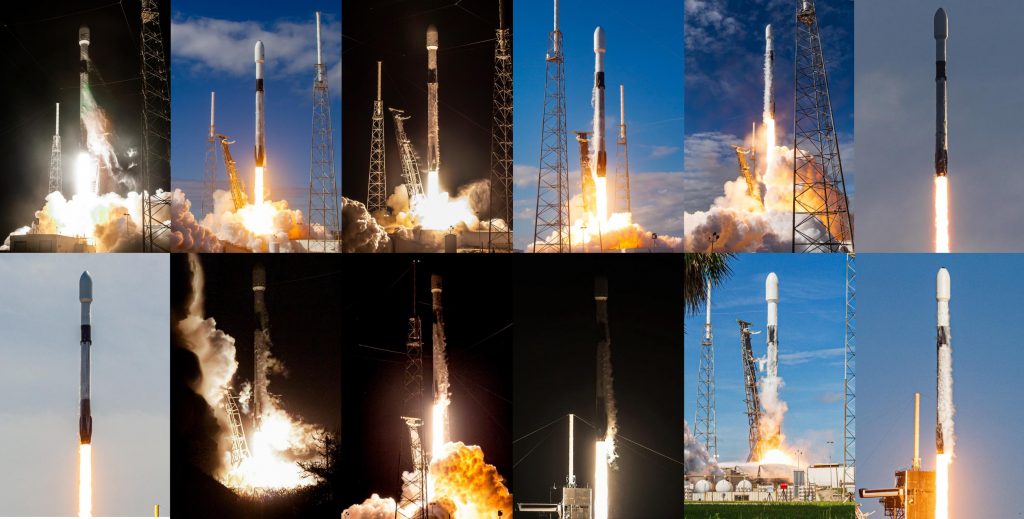
An IEEE Spectrum article offers an excellent summary of the web services. logistics, and online shopping giant’s most likely motivation behind investing so much money in a satellite constellation that is – at best – years behind.
“‘With Amazon, it’s a whole different ballgame,’ says Zac Manchester, an assistant professor of aeronautics and astronautics at Stanford University. ‘The thing that makes Amazon different from SpaceX and OneWeb is they have so much other stuff going for them.’ If Kuiper succeeds, Amazon can not only offer global satellite broadband access—it can include that access as part of its Amazon Web Services (AWS), which already offers resources for cloud computing, machine learning, data analytics, and more.”
Michael Koziol – IEEE Spectrum – 17 August 2020
In other words, Amazon likely believes that its potential advantages are so strong and so unmatched that it doesn’t matter if it’s years late to the party. On the other hand, it could also be the case that Amazon – and Amazon Web Services in particular – perceives a lack of the capabilities offered by a high-bandwidth satellite internet constellation to be such an existential threat that the company has no choice but to try to enter the fray.
As such, SpaceX’s partnership with Microsoft Azure Cloud Services is a direct shot across Amazon’s bow, demonstrating that even if Project Kuiper manages to begin operational satellite launches in just a year or two, the company will immediately face experienced, organized competition. There is some level of irony in the fact that, purely out of corporate spite, Amazon will now likely never become a Starlink customer to avoid helping a direct competitor, meaning that AWS will be consciously putting itself at a competitive disadvantage for years to come by waiting for Project Kuiper.
News
SpaceX successfully launches 100th Starlink mission of 2025
With 100 Starlink missions completed for 2025, space enthusiasts have noted that SpaceX has successfully launched 2,554 Starlink satellites so far this year.
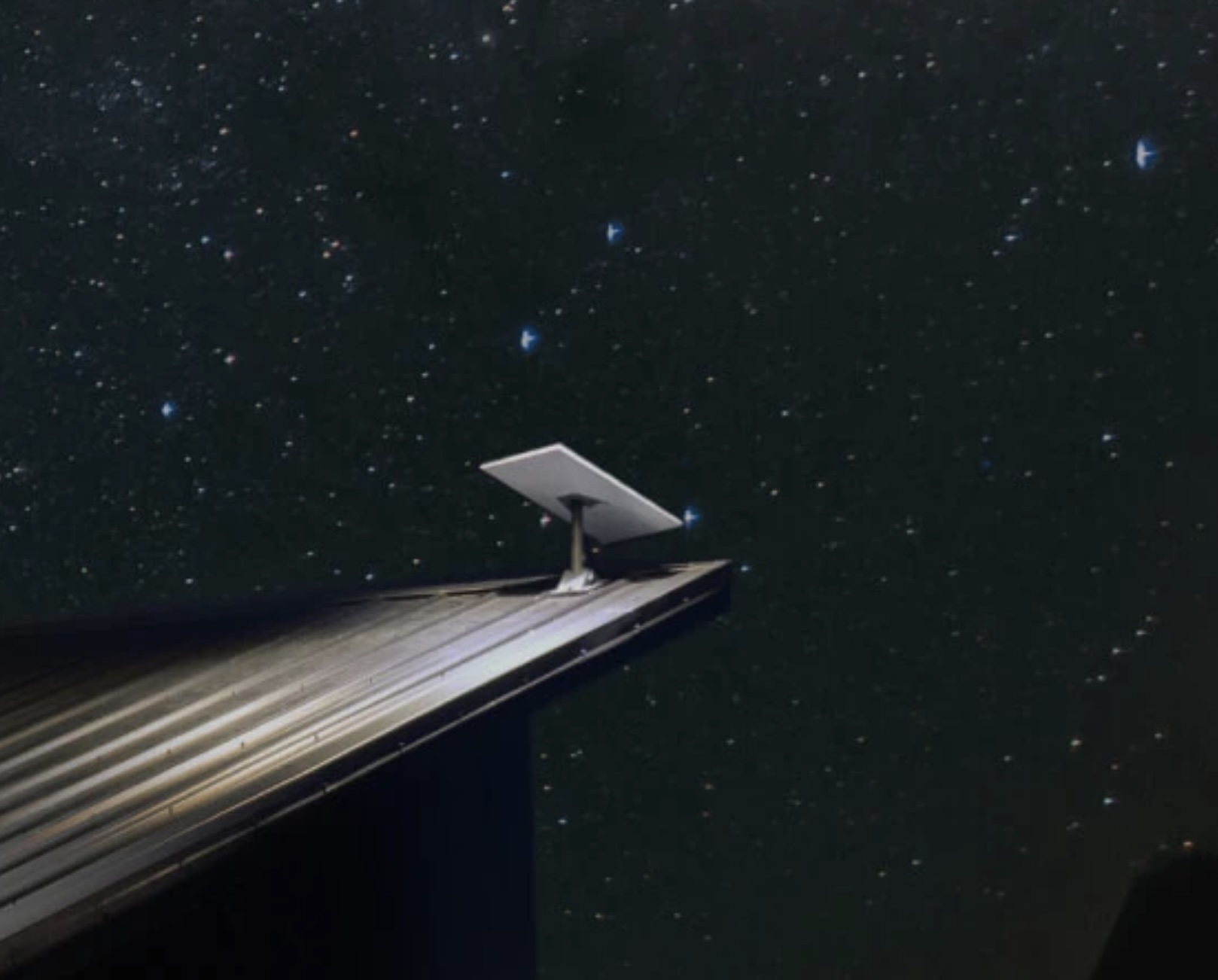
SpaceX achieved its 100th Starlink mission of the year on Friday, October 31, marking another milestone for 2025.
A Falcon 9 rocket carrying 28 Starlink broadband satellites successfully lifted off from Vandenberg Space Force Base in California at 4:41 p.m. ET, carrying another 28 Starlink satellites to Low Earth Orbit (LEO).
Falcon 9 booster’s 29th flight
Roughly 8.5 minutes after liftoff, the Falcon 9’s first stage touched down on the drone ship Of Course I Still Love You in the Pacific Ocean. This marked the booster’s 29th flight, which is approaching SpaceX’s reuse record of 31 missions.
This latest mission adds to SpaceX’s impressive 138 Falcon 9 launches in 2025, 99 of which were dedicated to Starlink, according to Space.com. The company’s focus on reusing boosters has enabled this breakneck pace, with multiple launches each week supporting both Starlink’s expansion and external customers.
Starlink’s network continues massive global expansion
Starlink remains the largest active satellite constellation in history, with more than 10,000 satellites launched, nearly 8,800 of which are currently active. SpaceX recently achieved Starlink’s 10,000-satellite milestone. With 100 Starlink missions completed for 2025, space enthusiasts have noted that SpaceX has successfully launched 2,554 Starlink satellites so far this year.
Starlink, which provides high-speed, low-latency internet connectivity even to the world’s most remote areas, has been proven to be life-changing technology for people across the globe. The service is currently operational in about 150 countries, and it currently has over 5 million subscribers worldwide. From this number, 2.7 million joined over the past year.
News
Tesla shares updated timeframe for Cybertruck FSD V14 release
The Cybertruck was expected to receive FSD V14 before the end of the month, but Tesla was not able to meet the target.
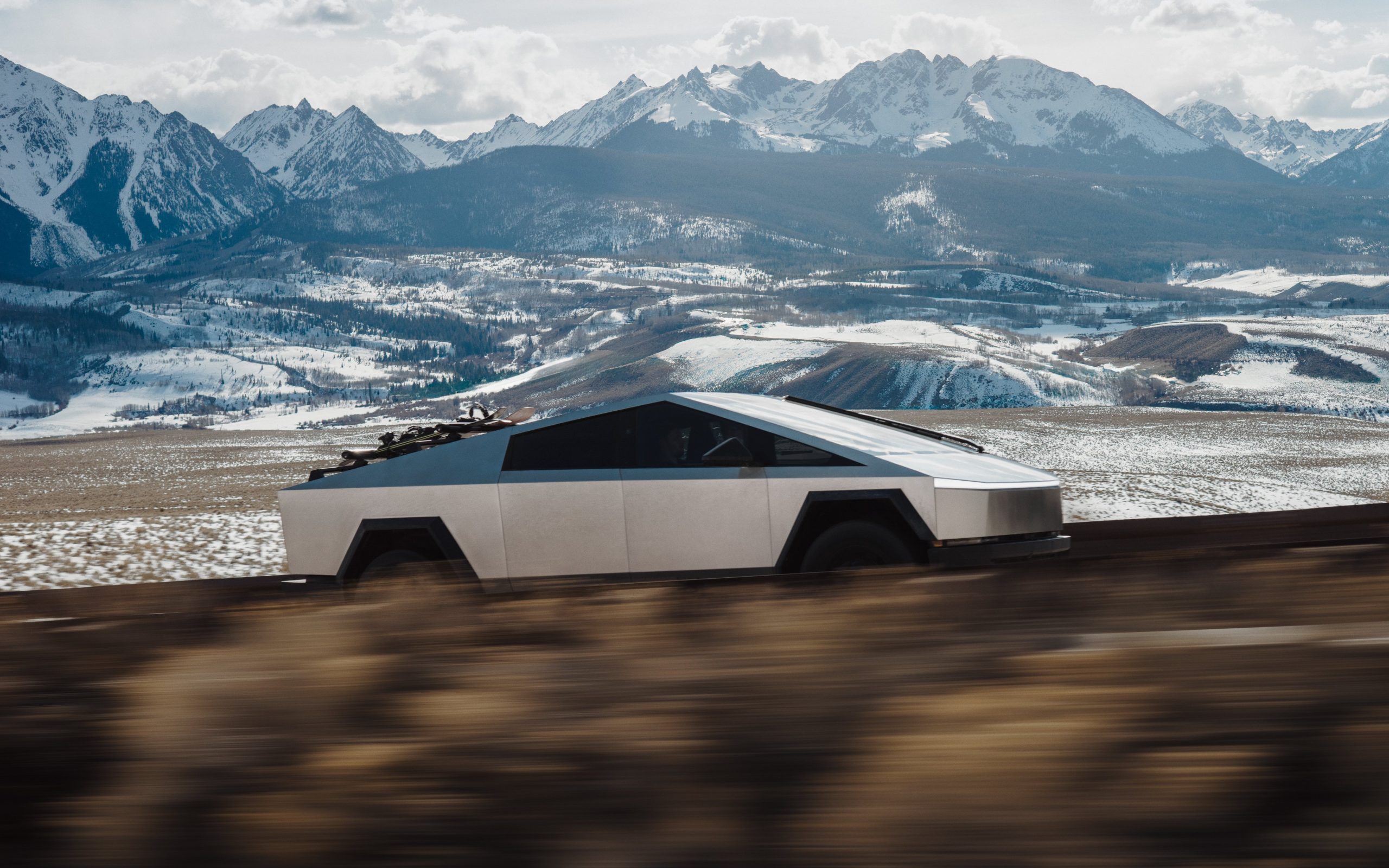
Tesla’s Full Self-Driving (FSD) V14 update for the Cybertruck could arrive this weekend, as per recent comments from Director of Autopilot Software and VP of AI Ashok Elluswamy.
The Cybertruck was expected to receive FSD V14 before the end of the month, but Tesla was not able to meet the target.
Cybertruck FSD V14
Considering the extended wait for FSD V14, it was no surprise that several Cybertruck owners were asking for updates about the system’s rollout to the all-electric pickup truck on Friday. These included the official Cybertruck X account, which responded to Elluswamy’s end of month estimate with “I only see trick. Where is my treat.”
This prompted a response from the AI executive, who replied with, “Sorry, pushing for early access Cyber release over the weekend.” This means that if all goes well, Cybertruck owners would be able to experience FSD V14 very soon. Some, however, are wondering if Tesla would go straight to V14.2 for the Cybertruck’s FSD V14 update, or if the vehicle will receive V14.1 first.
Tesla pushes to unify FSD experience across its lineup
The upcoming Cybertruck rollout represents the next step in Tesla’s efforts to roll out FSD capabilities across all of its vehicles. FSD V14 is a notable step forward for the company’s AI-driven self driving system, with features like Mad Max mode getting positive reviews from longtime Full Self Driving testers.
For the Cybertruck, the FSD V14 update would mark one of its first major over-the-air upgrades for the vehicle. Likely due to its size, the Cybertruck tends to receive FSD updates later than the S3XY lineup, which is quite surprising considering that the all-electric pickup truck is a premium-priced vehicle that is home to some of Tesla’s most advanced technologies.
News
“Tesla Ride” program lets riders experience FSD and Grok AI in real-world demos
The initiative aims to bring supervised Full Self-Driving demos and Grok AI-guided experiences to consumers in real world trips.
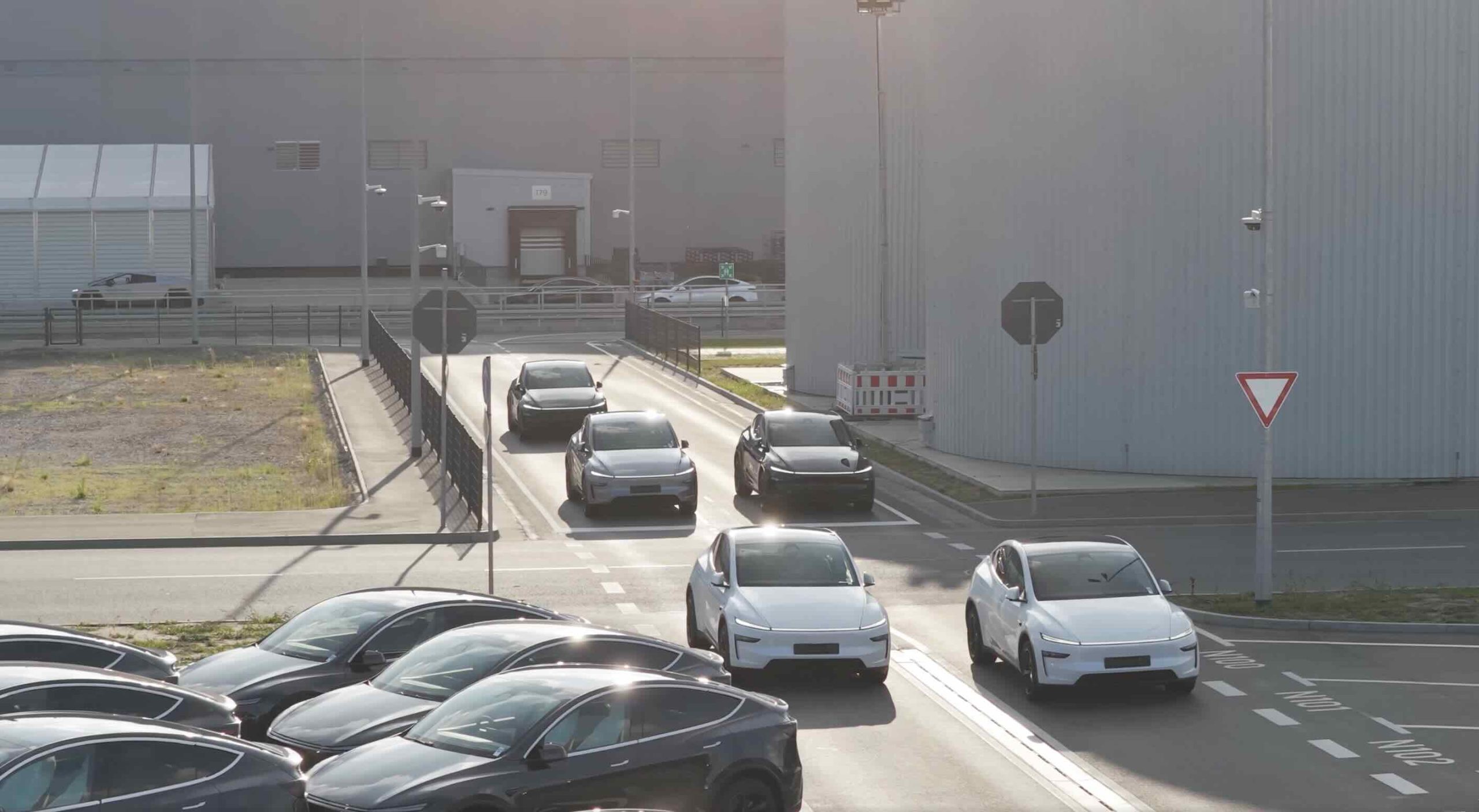
Tesla has launched a new service designed to make its Full Self-Driving (FSD) technology familiar to all commuters.
Dubbed the “Tesla Ride” program, the initiative aims to bring supervised Full Self-Driving demos and Grok AI-guided experiences to consumers in real world trips.
How Tesla Ride Works
As per the official Tesla Ride website, the session will allow participants to sit in the driver’s seat while a Tesla Advisor rides shotgun as co-pilot. The Tesla Advisor then guides riders through the company’s latest supervised FSD features, comfort settings, and in-car entertainment. Participants would also be able to interact with Grok AI in the vehicles. Grok will be capable of answering questions during the ride, and it will even tell stories along the way.
Tesla noted, however, that Tesla Ride sessions are capped at 45 minutes each, and it requires participants to have a valid driver’s license and insurance. Interested participants are also advised to call beforehand so they can schedule their Tesla Rides.
Marketing push and reach
The Tesla Ride program runs across several markets from October into November, and in some locations into the end of December 2025. Participating states are numerous, from Michigan to Virginia to Illiois, Nevada, and California, among others. A look at the official webpage for Tesla Ride shows that the company is still taking a very cautious approach with the program, with disclaimers clearly stating that FSD Supervised does not make Teslas autonomous just yet.
Tesla’s focus on safety with FSD was highlighted recently by Senior Vice President for Automotive Tom Zhu. “Elon said it in 2021: “For self-driving, even if the road is painted completely wrong and a UFO lands in the middle of the road, the car still cannot crash and still needs to do the right thing.
“The prime directive for the autopilot system is: Don’t crash. That really overrides everything. No matter what the lines say or how the road is done, the thing that needs to happen is minimizing the probability of impact while getting you to your destination conveniently and comfortably,” the executive stated.
-
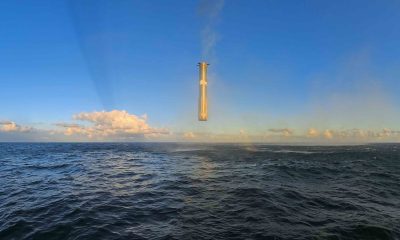
 Elon Musk2 weeks ago
Elon Musk2 weeks agoSpaceX posts Starship booster feat that’s so nutty, it doesn’t even look real
-
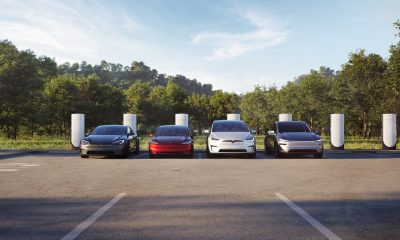
 Elon Musk2 weeks ago
Elon Musk2 weeks agoTesla Full Self-Driving gets an offer to be insured for ‘almost free’
-
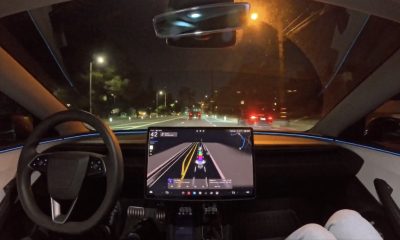
 News2 weeks ago
News2 weeks agoElon Musk confirms Tesla FSD V14.2 will see widespread rollout
-

 News2 weeks ago
News2 weeks agoTesla is adding an interesting feature to its centerscreen in a coming update
-

 Elon Musk2 weeks ago
Elon Musk2 weeks agoTesla CEO Elon Musk’s $1 trillion pay package hits first adversity from proxy firm
-
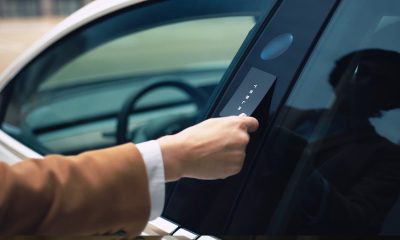
 News2 weeks ago
News2 weeks agoTesla might be doing away with a long-included feature with its vehicles
-
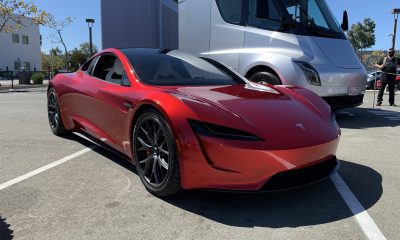
 News2 weeks ago
News2 weeks agoTesla updates fans on its plans for the Roadster
-
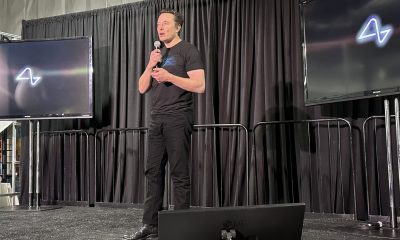
 Elon Musk2 weeks ago
Elon Musk2 weeks agoAfter moving Tesla to Texas, Elon Musk is back in the Bay Area with Neuralink expansion


